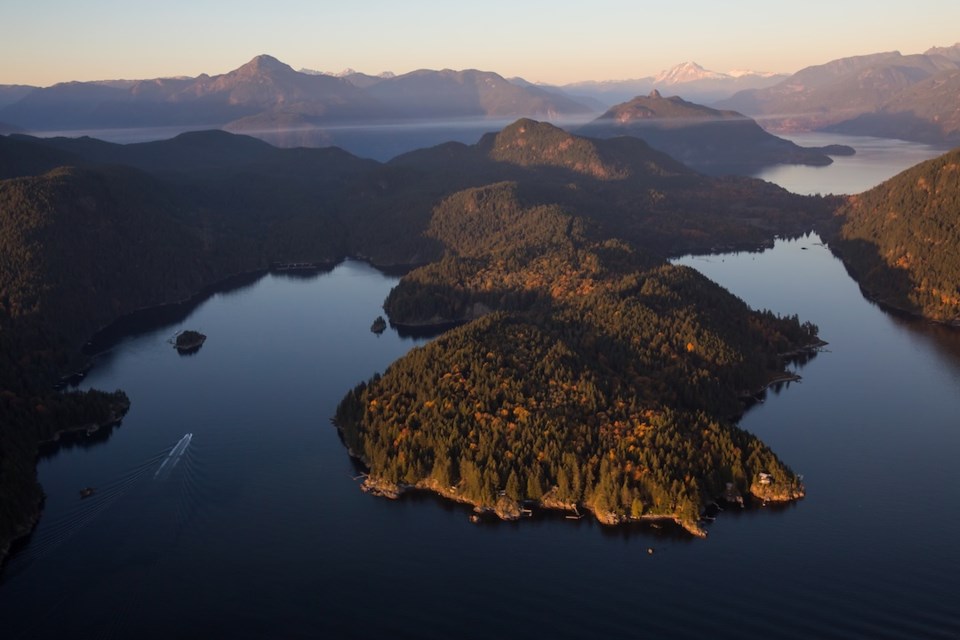The Gambier Island Local Trust Committee (LTC) is exploring whether to allow accessory buildings—such as sheds, workshops, or storage structures—on properties that do not yet have a principal dwelling, a shift that could offer more flexibility for landowners.
The change would also better reflect how people use their properties in a rural, off-grid setting.
The issue was raised during a discussion at the June 24 Gambier LTC meeting, prompted by recent bylaw enforcement concerns. “Accessory structures, or accessory buildings, like sheds and workshops, are not permitted without a principal dwelling,” the staff explained. “So, unless the principal use has been established on the lot, the bylaw doesn't allow for accessory buildings or structures to be built.”
While the current rules are intended to ensure that accessory buildings remain secondary to residential use, trustees acknowledged that the policy may not align with how many Gambier residents use their land, particularly for recreational or seasonal purposes.
“This wouldn't be permitting people to live in [an] accessory building,” staff clarified, “but they could store their boats or kayaks or recreational equipment … tools or whatever people might need to use their properties recreationally.”
The LTC agreed to request a staff report for the September meeting to explore the issue further.
The report will examine the potential benefits and drawbacks of allowing accessory buildings before a principal dwelling is established, and clarify what changes—if any—fall within the LTC’s jurisdiction versus that of the Sunshine Coast Regional District.
The topic will also be added to the agenda for the upcoming protocol meeting with the SCRD in October.
Jordan Copp is Coast Reporter’s civic and Indigenous affairs reporter. This reporting beat is made possible by the Local Journalism Initiative.
Words missing in article? Your adblocker might be preventing hyperlinked text from appearing.



